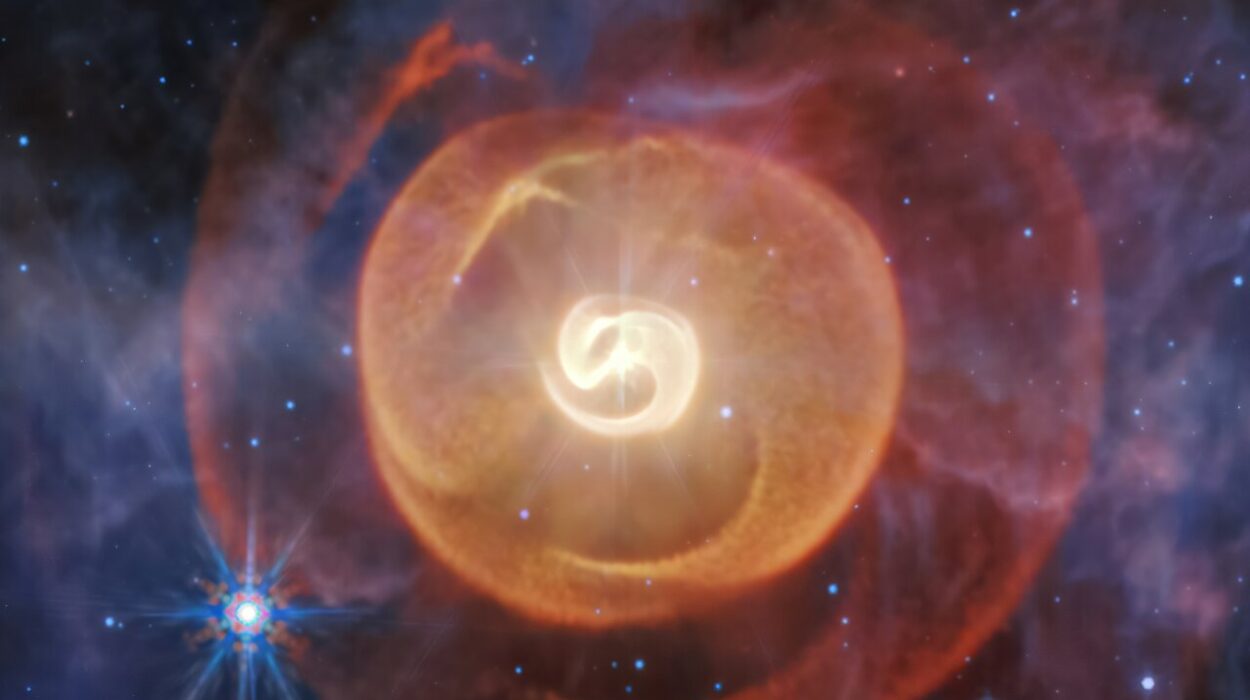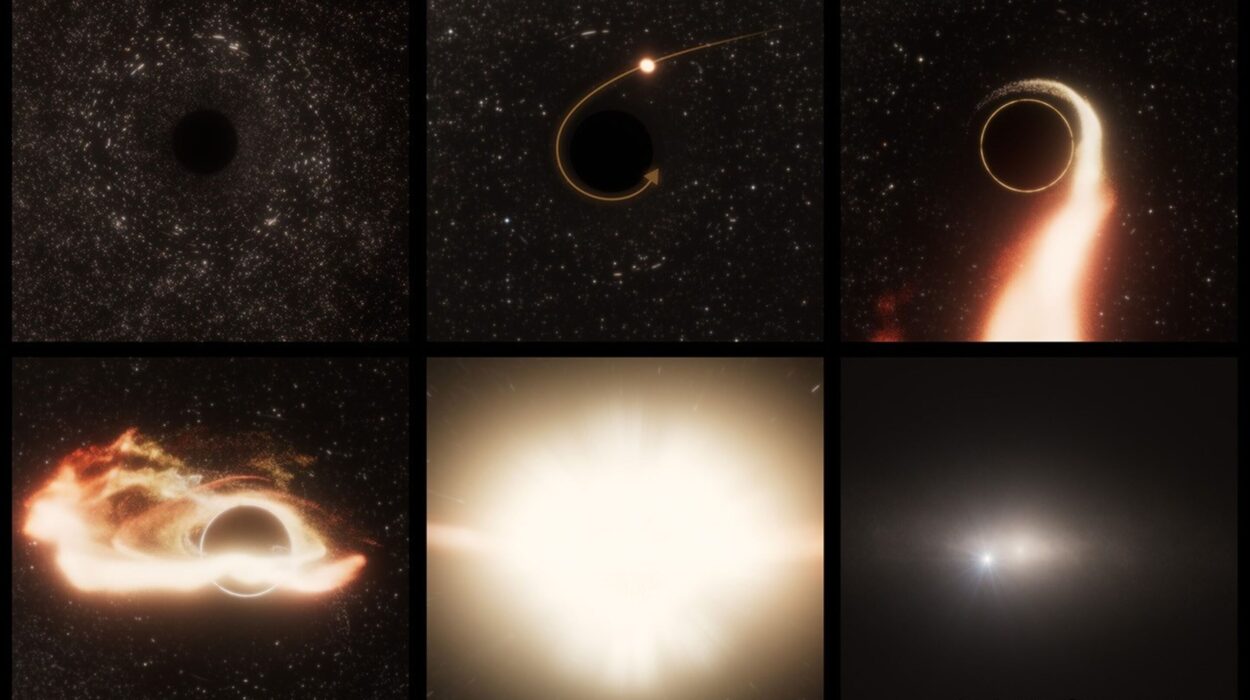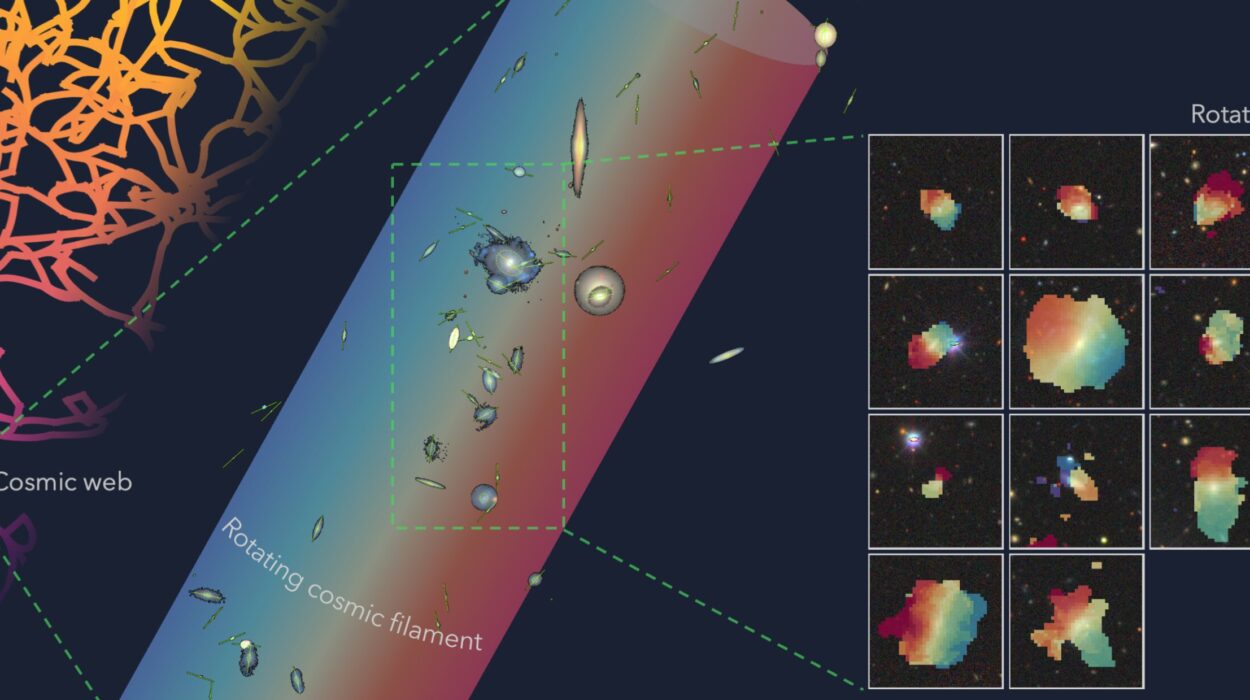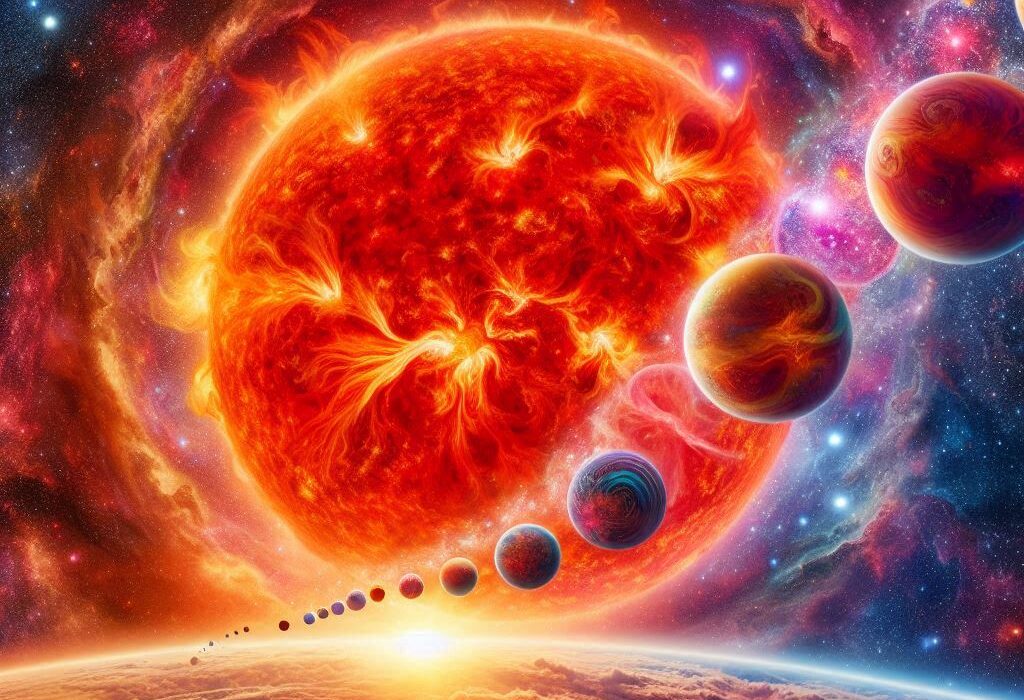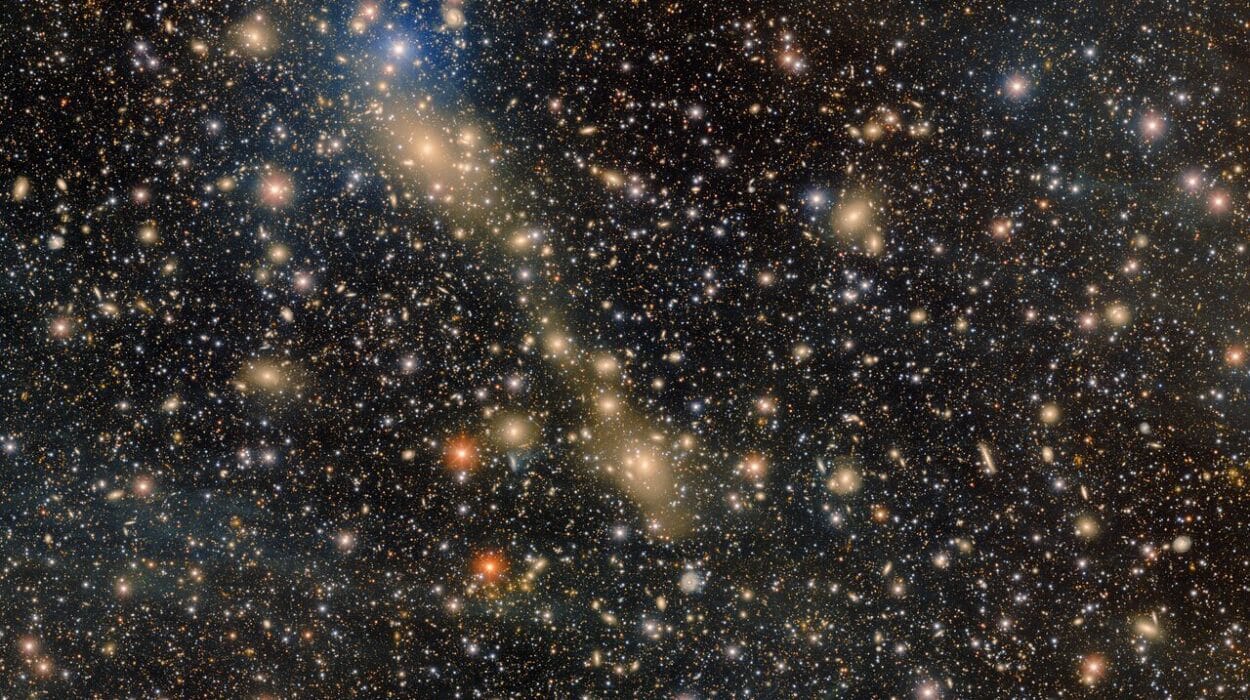In a discovery that challenges long-standing ideas about how planets form, astronomers have found compelling evidence that giant, free-floating planets—untethered to any star—can host miniature versions of planetary systems, complete with swirling disks of dust that may one day coalesce into rocky worlds.
The new research, led by scientists at the University of St Andrews and published on the arXiv preprint server, is based on cutting-edge observations from the James Webb Space Telescope (JWST). These lonely planetary-mass objects, drifting through space without a parent star, were once considered cosmic oddities. But now, they may hold the key to understanding just how flexible and robust the process of planet formation really is.
Not All Planets Belong to a Star
For most of modern astronomy, planets were defined by their relationships to stars—bodies that orbit suns like our Earth or Mars orbiting the Sun. But over the last two decades, observations have increasingly revealed the existence of free-floating planets, also known as rogue planets. These are planetary-mass objects that travel through the galaxy on their own, unaffiliated with any stellar host.
While some might have been ejected from young solar systems through gravitational interactions, others may have formed alone, in a process more similar to how stars are born—from the collapse of cold gas clouds in interstellar space. These newly detected planetary-mass objects fall squarely into this second category, offering a rare glimpse into a third way of building a planetary system: without a star at all.
“These discoveries show that the building blocks for forming planets can be found even around objects that are barely larger than Jupiter and drifting alone in space,” said Dr. Belinda Damian, lead author of the study. “This means that the formation of planetary systems is not exclusive to stars.”
Looking Into the Dark with James Webb
Studying these rogue worlds is no small feat. At just 5 to 10 times the mass of Jupiter, they are faint and elusive, radiating most of their light in the infrared spectrum, which makes them nearly invisible to traditional telescopes.
Enter the James Webb Space Telescope, humanity’s most powerful eye on the cosmos. Equipped with ultra-sensitive infrared instruments, JWST has the unique ability to detect the faint thermal signatures of objects otherwise lost in the cold darkness of space.
Between August and October 2024, the research team used two JWST instruments to collect high-resolution infrared spectra from eight young, free-floating planetary-mass objects. These are among the lowest-mass objects ever studied in such detail with a space-based observatory.
Their ages—just a few million years—are critical. That’s roughly the same developmental window during which planets begin to form around stars. Catching these planetary-mass bodies in such an early stage provides an invaluable laboratory for comparing their evolution to that of traditional star-hosted systems.
Dusty Disks in a Starless Night
What the researchers found surprised even the experts. Six of the eight observed objects emitted excess infrared light, a telltale signature of warm dust disks encircling them. These disks are flattened, rotating structures of gas and dust, similar to the protoplanetary disks that surround young stars and serve as the nurseries of planets.
But this is the first time such dusty planetary birthplaces have been clearly identified around starless, planetary-mass objects. It’s not just dust, either. JWST’s instruments revealed spectral fingerprints of silicate grains—the very material that forms rocky planets like Earth.
Even more intriguingly, these silicates weren’t just present in raw form. The researchers found signs of dust grain growth and crystallization, both key early steps in the transition from microscopic dust particles to full-fledged rocky planets. In other words, these lonely worlds may be assembling tiny, scaled-down versions of solar systems, completely independent of stars.
“This is the first detection of silicate emission in planetary-mass objects,” said Dr. Aleks Scholz, principal investigator of the project. “Taken together, these studies show that objects with masses comparable to those of giant planets have the potential to form their own miniature planetary systems.”
How Do These Cosmic Loners Form?
The formation of free-floating planetary-mass objects has long been debated. There are two main hypotheses: star-like formation and planet-like formation followed by ejection.
In the first scenario, clouds of gas and dust collapse under their own gravity in deep space, but never gather enough mass to ignite nuclear fusion in their cores—the process that defines a star. These objects are essentially failed stars, known as brown dwarfs when they are slightly more massive, or planetary-mass objects when they’re closer to the size of Jupiter.
In the second scenario, planets form around stars in protoplanetary disks but are later ejected due to gravitational interactions—especially in young, crowded solar systems where chaos often reigns.
Current evidence, including this new study, supports both mechanisms. But the presence of long-lasting disks around free-floating objects makes a strong case for star-like origins. These disks, according to earlier research by the same team, can persist for several million years—long enough to give rise to new planetary bodies, even in the absence of a central star.
This means the line between planets and stars may be blurrier than we ever imagined. And it suggests that the universe may be capable of breeding planets in more ways and in more places than previously believed.
A Scaled-Down Solar System—Without the Sun
What would such a miniature planetary system look like?
According to Dr. Scholz, it could resemble our own solar system in architecture, but scaled down by a factor of 100 or more in both mass and size. Instead of a Sun in the center, there would be a Jupiter-sized object, and around it, a tight ring of dust and gas, potentially forming rocky moons or dwarf-planet-sized bodies.
This opens the door to fascinating possibilities. Could such systems develop the same complex structures as star-centered systems? Could they host liquid water or even life under the right conditions? If such a system formed a moon-sized object with a thick atmosphere, heated by tidal forces or radioactive decay, might it remain warm enough for habitability?
These are still speculative questions. But as telescopes become more powerful, the day may come when we can directly image these miniature solar systems—and perhaps even probe their atmospheres.
Redefining What It Means to Be a Planet
This discovery also has profound implications for planetary science and classification. If planetary-mass objects can host their own systems, are they still planets—or are they something entirely new?
The International Astronomical Union (IAU) defines a planet, in part, by its orbit around a star. But these rogue objects break that mold. They behave like planets, but exist independently. The universe, it seems, does not care about our neat categories.
Just as exoplanet discoveries in the 1990s revolutionized our understanding of what solar systems can be, the rise of free-floating planets is now pushing the boundaries of our cosmic taxonomy once again.
The Future of Free-Floating Planetary Research
This new research is only the beginning. The JWST has opened an entirely new observational window on the cosmos, allowing astronomers to study the dimmest and most elusive objects ever detected.
As future surveys find more free-floating planetary-mass bodies—and as JWST and future missions like the Nancy Grace Roman Space Telescope continue to observe them—we may begin to assemble a clearer picture of how common these objects are, how their disks evolve, and whether they can truly form planets.
For now, what’s certain is that the universe is far more creative than we gave it credit for. It doesn’t need stars to make planets. All it needs is gas, dust, time—and perhaps a little cosmic patience.
As Dr. Damian put it, “Planet formation is not just a stellar story. It’s also a story of lonely worlds, quietly building their own companions in the darkness of space.”
More information: Belinda Damian et al, Spectroscopy of Free-Floating Planetary-Mass Objects and their disks with JWST, arXiv (2025). DOI: 10.48550/arxiv.2507.05155


